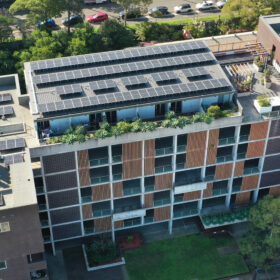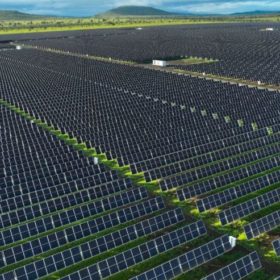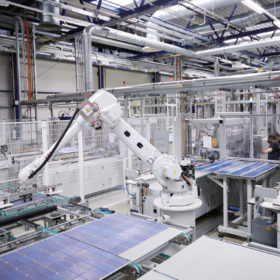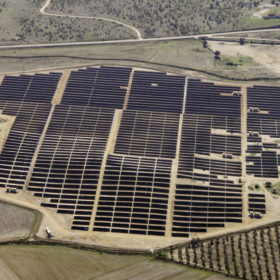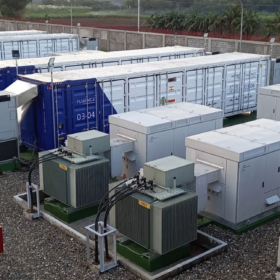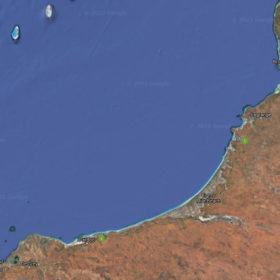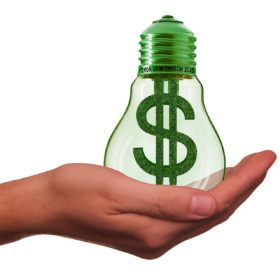A simple way to bring solar to multi-family apartments
Offering solar savings to apartment dwellers, and particularly renters, is not a simple task – as low take-up in Germany has demonstrated. Mel Bergsneider, from Australian startup Allume Energy, explains how a product offered by her company could change all that.
Finance floods in as global investors expand Australian solar portfolios
Australia’s bounteous land and sun, combined with its new energy-transition-focused government, make it attractive for international renewables investors. Two such players are Greek industrial conglomerate Mytilineos and Philippines-based energy company ACEN Corp., both of which have recently announced further large-scale investment to expand their Australian solar portfolios.
Solar energy tax credits are a boon to blockchain technology solutions
The Inflation Reduction Act (IRA), signed into law by US President Joe Biden, represents the single largest investment in clean energy, GHG emissions reduction, and climate resilience in the country’s history by providing around US$370 billion for green energy tax credits and other incentives to spur large-scale development of solar energy technologies to electrify the US’s digitization.
The weekend read: What is the future of solar for ESG finance?
There are three main drivers behind the continuing growth of solar today: the economics of energy, the energy crisis driven by the war in Ukraine, and a growing global focus on green and net zero initiatives. What matters is that these three drivers change the dynamics of investment – there is a growing body of capital looking to align with low-carbon, net-zero initiatives. Yet as the debate rages about operational versus overall sustainability, what is the future of solar for ESG finance?
The weekend read: How does the EU taxonomy set criteria for technologies to be labeled green and provide investors with a classification system?
Despite its faults and shortcomings, the EU’s Taxonomy Regulation is expected to support the energy transition and help redirect capital flows to renewables and green assets. Andreas Walstad examines how the taxonomy sets out criteria for technologies to be labeled green and environmentally sustainable in a bid to provide investors with a classification system that boosts clarity, accountability, and predictability.
The weekend read: The stakes are high for solar and green finance
Despite worldwide net-zero pledges, a new EU sustainable debt taxonomy, an urgent need to address the climate crisis, and record sustainable debt investments, the world still has a long path to tread to meet its climate goals. Next week at pv magazine’s European Roundtables event and in the third quarter of our UP Initiative, we will focus on green finance. Specifically, what steps have been made in the past two years? Will sustainability-linked bonds gain traction? What supporting policies and standards are in place or required? And what can solar companies do to be ESG-ready?
IHS Markit: Battery prices won’t fall until 2024
The London-based analyst has published a series of clean tech predictions for the year which also highlighted the rising proportion of sub-5MW solar projects in the global market, and cheaper clean energy financing costs even as panel prices continue to rise.
Singapore sovereign wealth fund backs Australian green hydrogen developer
The InterContinental Energy company behind two proposed green hydrogen megaprojects in Western Australia – the 26GW Asian Renewable Energy Hub and the 50GW Western Green Energy Hub – has received the backing of Singapore’s US$744 billion sovereign wealth fund GIC.
EU to gut the principle of sustainable taxonomy with inclusion of nuclear and gas
The EU’s Sustainable Taxonomy was intended to complement the Green Deal, provide investors with certainty about the sustainability of their investments, and help channel billions into sustainable, low-carbon processes and technologies. Despite input from experts and NGOs, the inclusion of gas and nuclear power just proposed by the Commission suggests that, once again, politics is trumping science.
Carbon neutrality and solar’s role in ASEAN nations
The Paris Agreement has been signed by all ASEAN nations and almost all members have declared a carbon emissions reduction target. The diversity in ASEAN’s readiness for energy transition is reflected in the wide-ranging nationally determined contribution targets set for reducing greenhouse gases. An immediate quick win for the renewable energy transition is the harnessing of solar power from an abundance of resources in the region.
